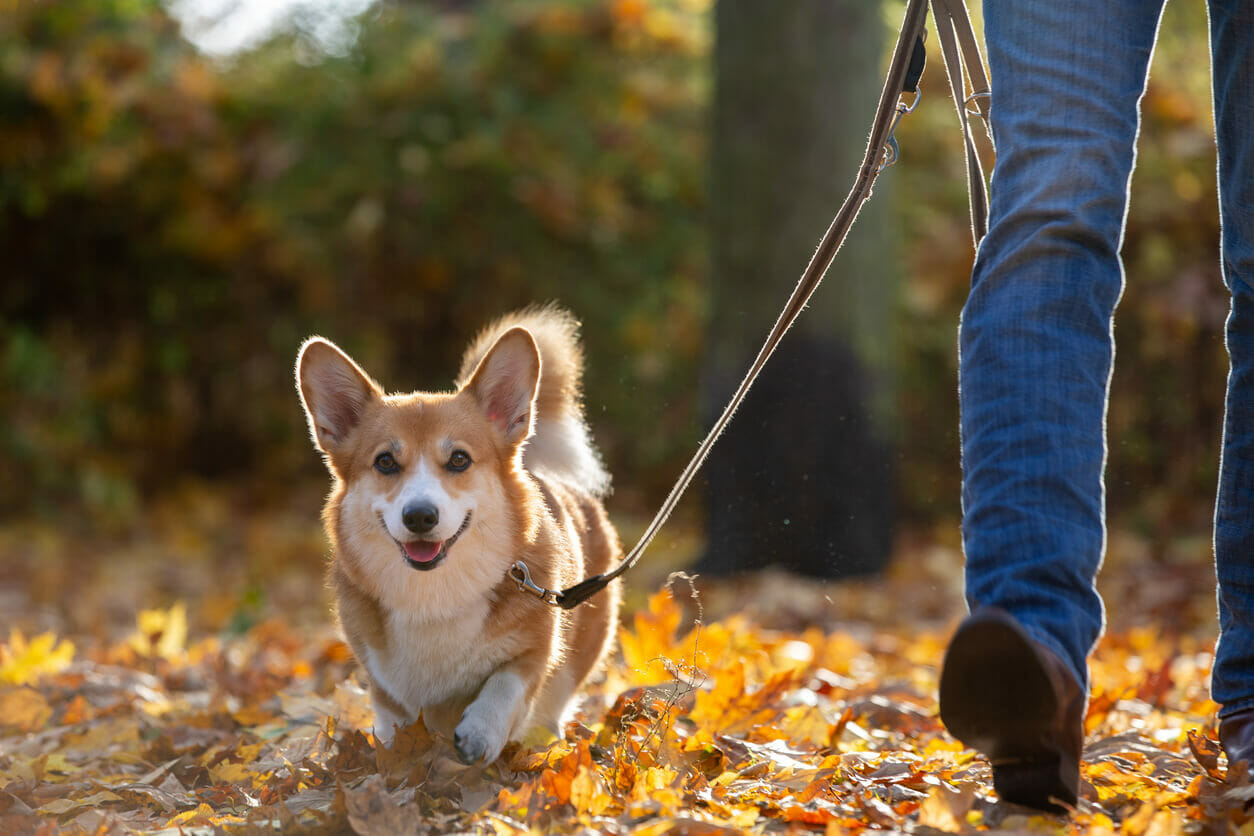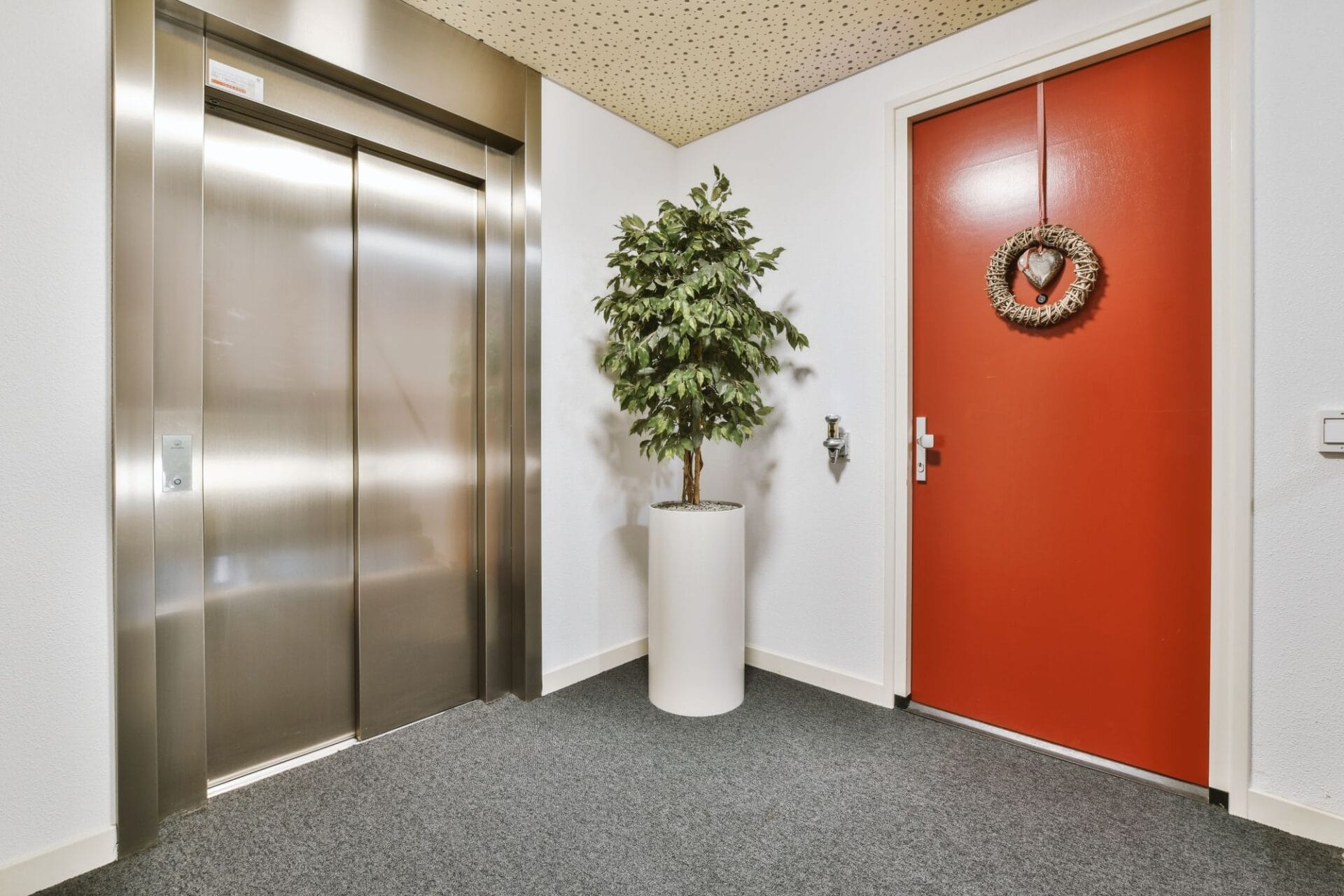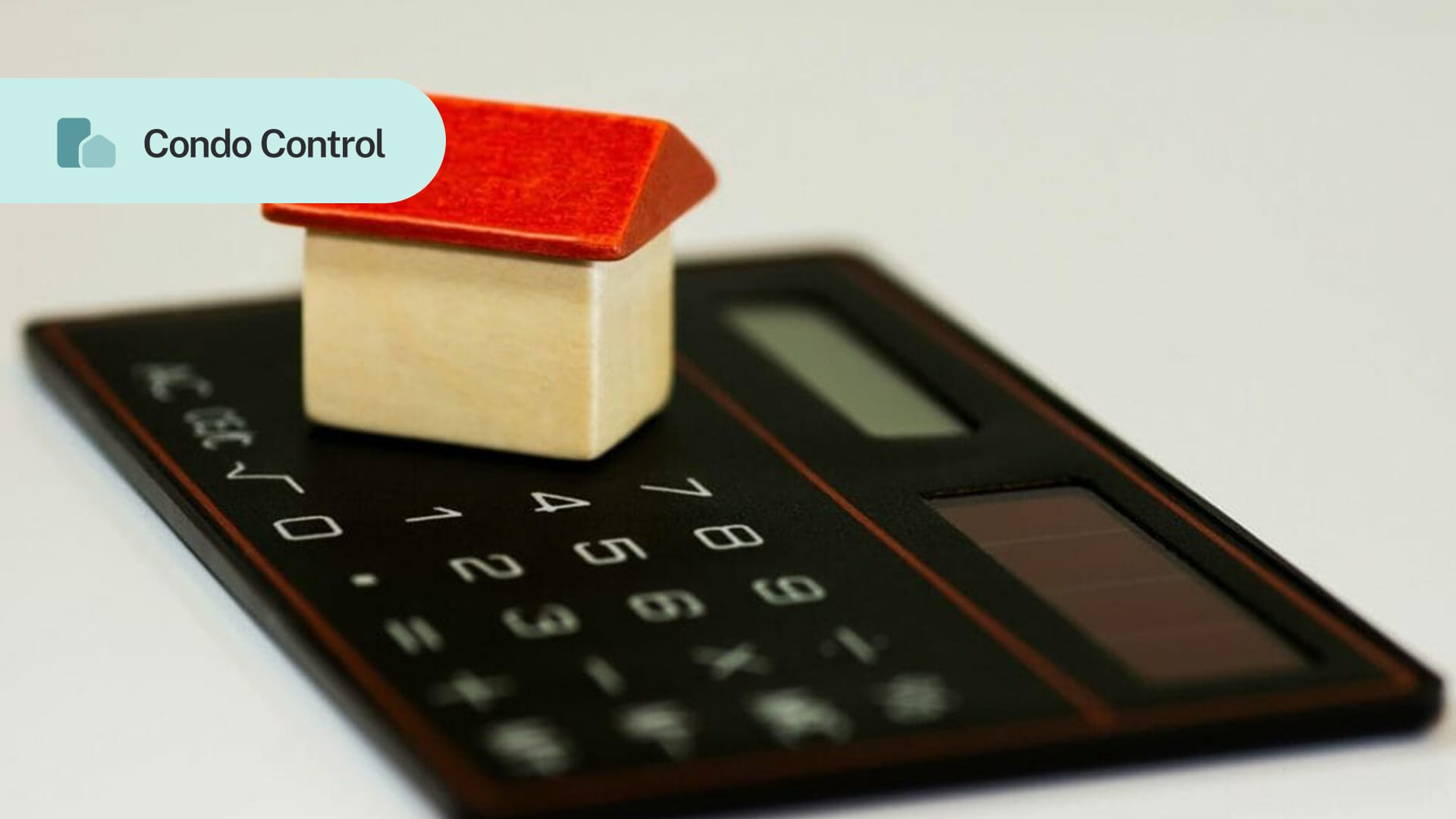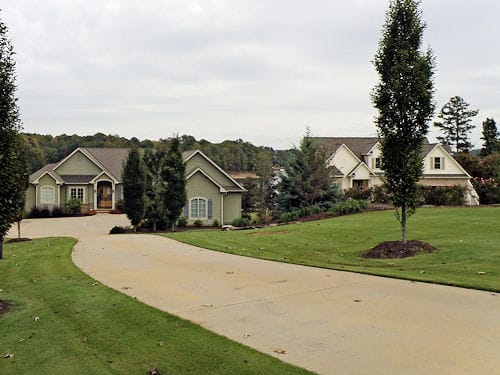When you live with a dog, cat, bird, turtle, or fish, you understand what it means to love unconditionally. Pet owners would do anything for their animal companions, but sometimes they forget that not everyone feels this way. And even those that do like dogs do not like finding dog poop on the bottom of their shoes.
Download our free pet policy template
In this article, we will highlight common pet problems that HOAs encounter, and provide some ideas about how to effectively address these issues.
Table of contents
Pets in HOAs
It is safe to say that the majority of us are pet lovers. Pet ownership in the U.S. has jumped significantly over the past three decades, reports Forbes. As of 2022, 70% of U.S. households, or 90.5 million homes said they owned a pet. People generally have a dog or a cat, but freshwater fish were the third most popular pet.
Most governed communities allow owners to have pets, and some places even have rules that prevent HOAs from banning pets. In California, for example, every resident has a legal right to own at least one pet.
Pet restrictions
HOAs do have the authority to create pet policies that may limit the number or type of pets an owner can have. Your community may prohibit members from raising chickens or snakes, or limit households to two pets.
Policies should be created with the best interests of the entire community in mind. While it is not unreasonable to give owners the option of owning a pet, giving them the ability to have five animals in one household could create problems. Not only would there be a lot of barking (noise violation, but it is more likely that the group of animals will cause damage to the property.) Plus, when there are no limits, you could end up with a community that has more animals than people.
In the past, communities were overly concerned about regulating the size and breed of dogs. These restrictions still exist (and some breeds are banned by counties), but there is a growing belief that it makes more sense to regulate behavior as opposed to breeds. After all, good and bad dogs come in all shapes and forms.
Note that even if there is a strict “no animal policy” in place, HOA communities cannot ban service animals from the property. Service animals are not considered pets. They are trained working animals that help people to be more independent. Associations are legally required to accommodate service animals, regardless of what the governing documents say.
Common pet problems
These are the problems that HOA communities encounter most often when it comes to pets:
- Pet waste
- Noise
- Odors
- Free-roaming in shared outdoor areas
Pet waste
Pet waste (most commonly from dogs) is a potential problem for any homeowner that lives near someone with a canine companion. For starters, animal waste smells bad. It can attract other pests such as flies, and it can attract other dogs too.
When someone has to pick up after a dog that isn’t theirs, they’re going to get upset about it, and this leads to unnecessary conflict within the neighborhood. The owner might address the pet parent directly if they know who is responsible for the dog waste, but they might also bring their grievance to the property manager or board.
If waste is left in shared space or on a sidewalk, then it’s up to the association to clean it up. That creates more work for staff, and additional cleaning costs for the HOA.
Owners should always clean up after their dogs. Period. But unfortunately, this doesn’t always happen.
Noise
Barking can be problematic if a dog is left outside in a backyard without supervision. But a cat howling at their owner’s door can wake up the neighbors too.
It can be challenging to control the volume of a pet, but owners can also be fined for noise violations/infractions if it continues to bother others in the association.
Odors
If owners don’t clean up after their pets, smells like urine and feces can become overwhelming. This is one good reason why many HOAs would not permit someone to have 6 cats in their home at one time. Just like noise, owners can be fined for failing to take care of offensive pet odors.
Free roaming in common outdoor spaces
This again pertains primarily to dog owners. Generally speaking, an HOA will have rules about keeping dogs on leashes while on the property. Unless it is a dog park, canines should not be roaming around parks or streets, or trails without a leash.
Even if the dog is friendly, not everyone feels comfortable being around a dog without a leash. Furthermore, it’s much harder to get your pet under control if something chaotic or unexpected occurs.
Solutions to curb poor pet (owner) behavior
Owners cannot let their pets use the entire community like a personal play park. Humans must abide by any pet rules established by the HOA, and the association must enforce those rules. Otherwise, there is little point in having them.
That being said, we acknowledge that pet issues are not always easy to solve. Many communities struggle with pet waste issues simply because there are so many members contributing to the problem. If general reminders and warning letters aren’t working, it might be time to try a more advanced strategy such as fines or even DNA testing.
Make it easier for owners to dispose of pet waste
Start by installing waste disposal stations in high-traffic areas. This is an easy and effective way to encourage owners to pick up after their pets. If possible, there could even be bags available at the stations so that owners really have no excuse for not cleaning up after their dogs.
Install pet-friendly amenities
Though this is a more costly solution, some communities find that it can be easier to keep things “tidy” when there is a designated area, such as a dog park, for dogs to run free. Since there will be lots of dog owners in the vicinity, people may feel obligated to clean up after their dogs (if they don’t, others will know exactly who failed to do it). Having a space for dogs to burn off energy can also help reduce problems like excessive barking and property damage.
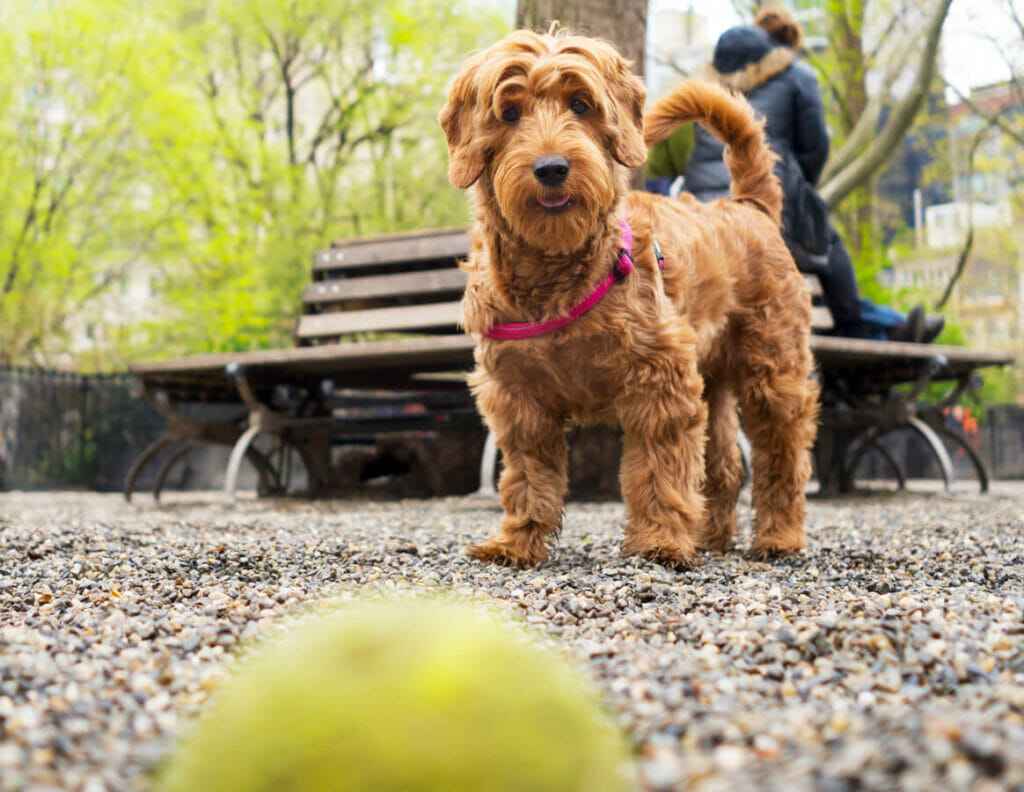
Create concrete rules
Establish a clear and detailed pet policy, and educate residents about the rules. Having clear-cut rules surrounding owner and pet behavior, as well as consequences for failing to follow the rules, helps establish expectations for owners.
Policies can be distributed by hand, shared on a community document database or website, and/or highlighted during an open board meeting. By bringing awareness to stubborn pet issues, the association gives residents a fair opportunity to address problems they may be contributing to before the association needs to intervene.
Enforce the rules
If management or a neighbor knows who is responsible for a problem, the association should notify the owner. Follow the community rule enforcement process to ensure fairness and consistency. For example, the owner may receive a warning letter, then a formal letter before a fine can be issued. It is far easier to track and follow up with violations using an HOA-specific solution like Condo Control.
DNA testing
If pet waste is becoming a problem that just cannot be resolved using traditional rule enforcement methods, there are companies out there that will test feces and provide results to the association. This is an expensive, but proactive way to find out who in your community is breaking the rules.
The hardest part is getting dog owners to provide the HOA with a DNA sample of their pet. Typically, all that is needed is a cheek swab, which is then sent to a lab where it is registered. But some owners might be reluctant to participate in this program. HOAs will also need to determine if costs will be charged back to the dog owners, or if this is something that comes out of the association’s budget.
Conclusion
Pet issues come up in virtually every HOA. While domestic animals are great companions, owners must remember that there are rules and responsibilities that come with being a pet owner. HOAs should also make regular efforts to educate owners about these responsibilities to keep the entire community happy and clean.
